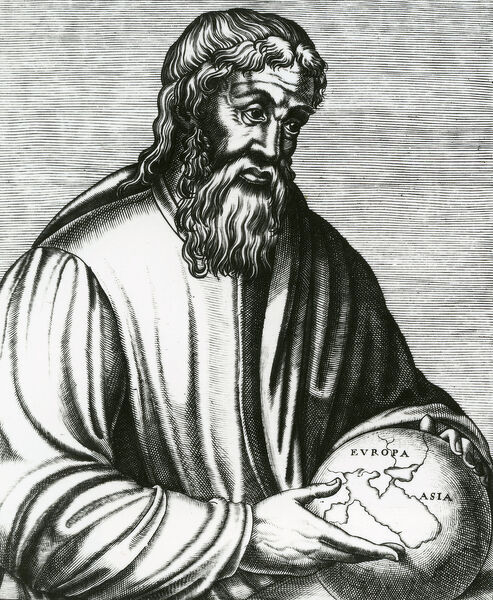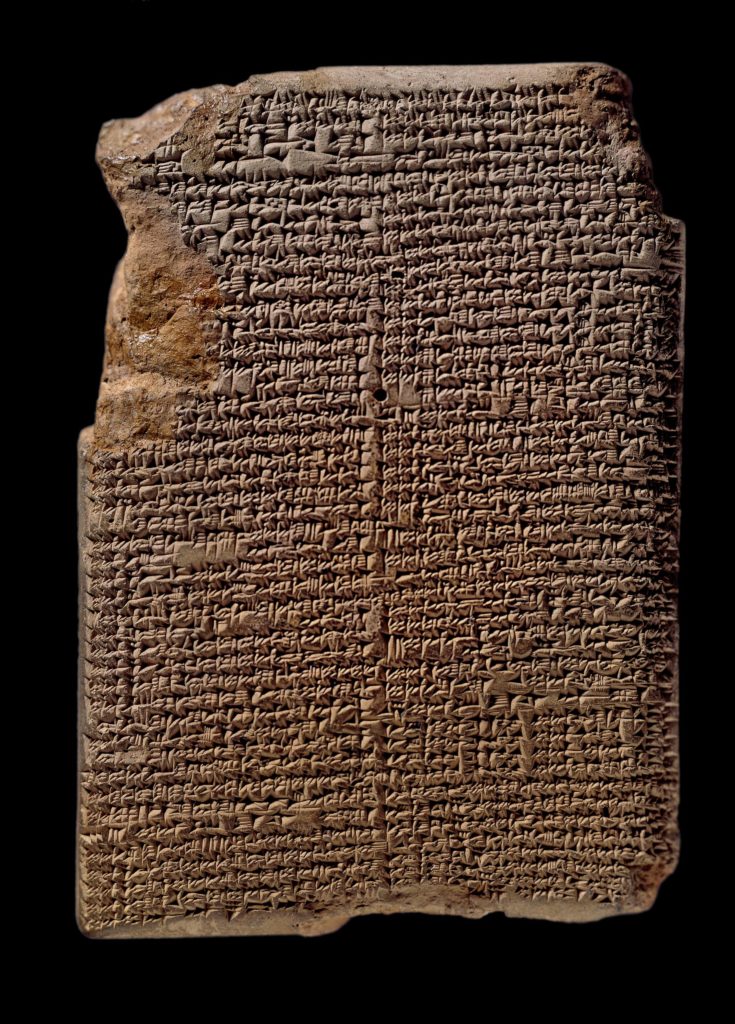Strabo was a Greek historian, philosopher, and geographer who lived in Asia Minor during the transition of Rome from a Republic to an Empire (lived ~64 BCE– 24 CE). His most significant work is his Geographica (Geography), written in approximately 20 CE.

In Geographica, Strabo mentions the classical Greek astronomers Eratosthenes and Hipparchus, but also mentions several well-known Babylonian astronomers—Cidenas (Kidinnu), Naburianus (Nabu-rimanni), Seleukos (Seleucus of Seleucia), and Sudines.
“In Babylonia a settlement is set apart for the local philosophers, the Chaldeans, as they are called, who are concerned mostly with astronomy…There are also several tribes of Chaldean astronomers. For example, some are called Orcheni, others Borsippeni, and several others by different names, as though divided into different sects which hold to various different dogmas about the same subject. And the mathematicians make mention of some of these men; as for example, Cidenas and Naburianus and Sudinus. Seleucus of Seleuceia is also a Chaldean, as are also several other noteworthy men.”
[Strabo, Geographica, VII.16.I.6]

The Babylonian astronomers mentioned were not contemporaries of one another. Nabu-rimanni, (Greek Naburianus), lived in the early fifth century BCE. He is the earliest Babylonian astronomer known by name. He lived and worked during the reigns of Persian kings Darius I (522–486 BCE) and Xerxes I (486–465 BCE), flourishing c.491 BCE. Kidinnu, (Latin Cidenas, Greek Kidenas, or Kidin), lived in the fourth or early third century BCE. He is also mentioned by Pliny the Elder, and his name has been discovered on Babylonian cuneiform clay tablets. Seleucus of Seleucia lived in the second century BCE, and is known from the writings of Plutarch, Aetius, Strabo, and Muhammad ibn Zakariya al-Razi. He is credited with being an early believer in a heliocentric solar system, and was one of the first persons to attribute the tides to the interaction of the Earth with the Moon. Such famous Babylonian astronomers would certainly have been known to the Magi who traveled to visit the King of the Jews.